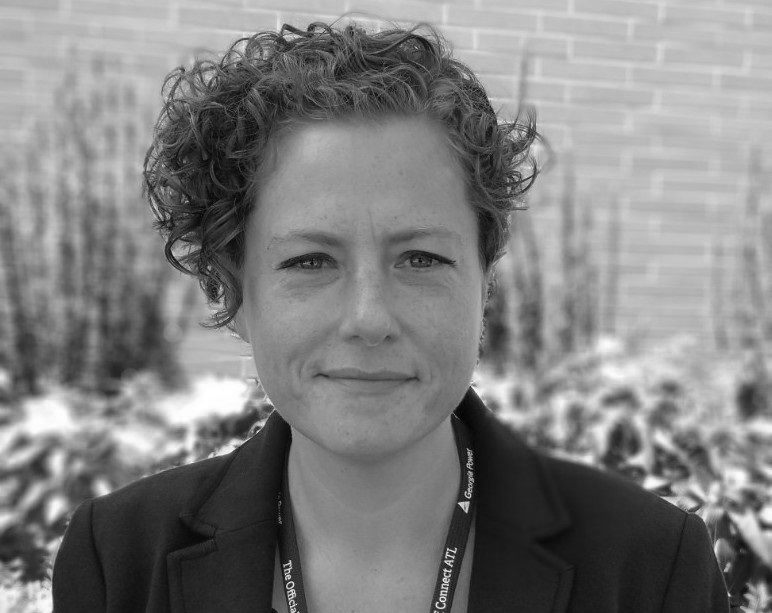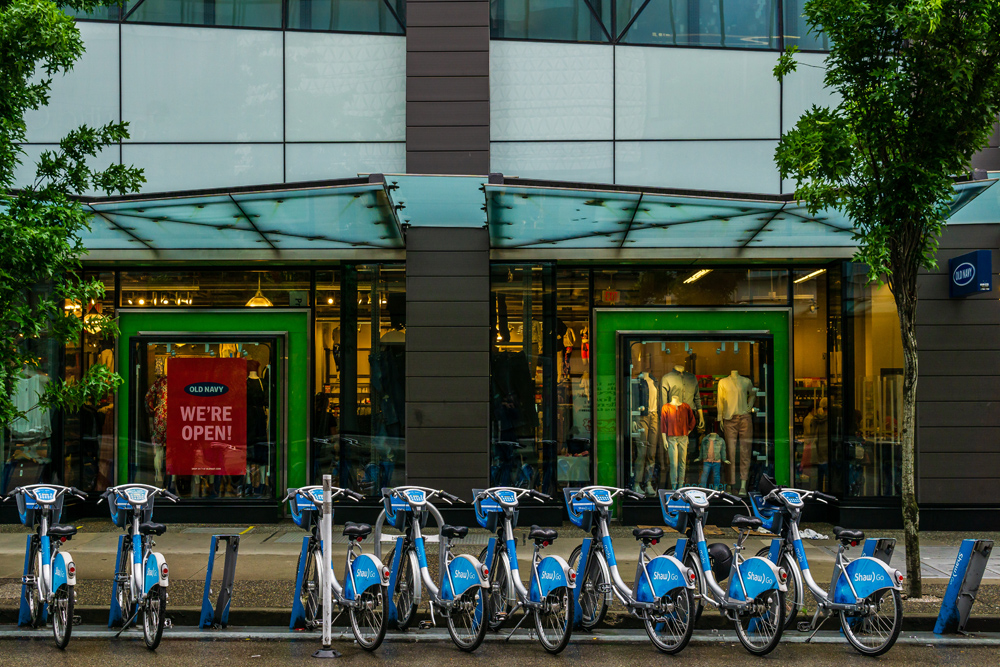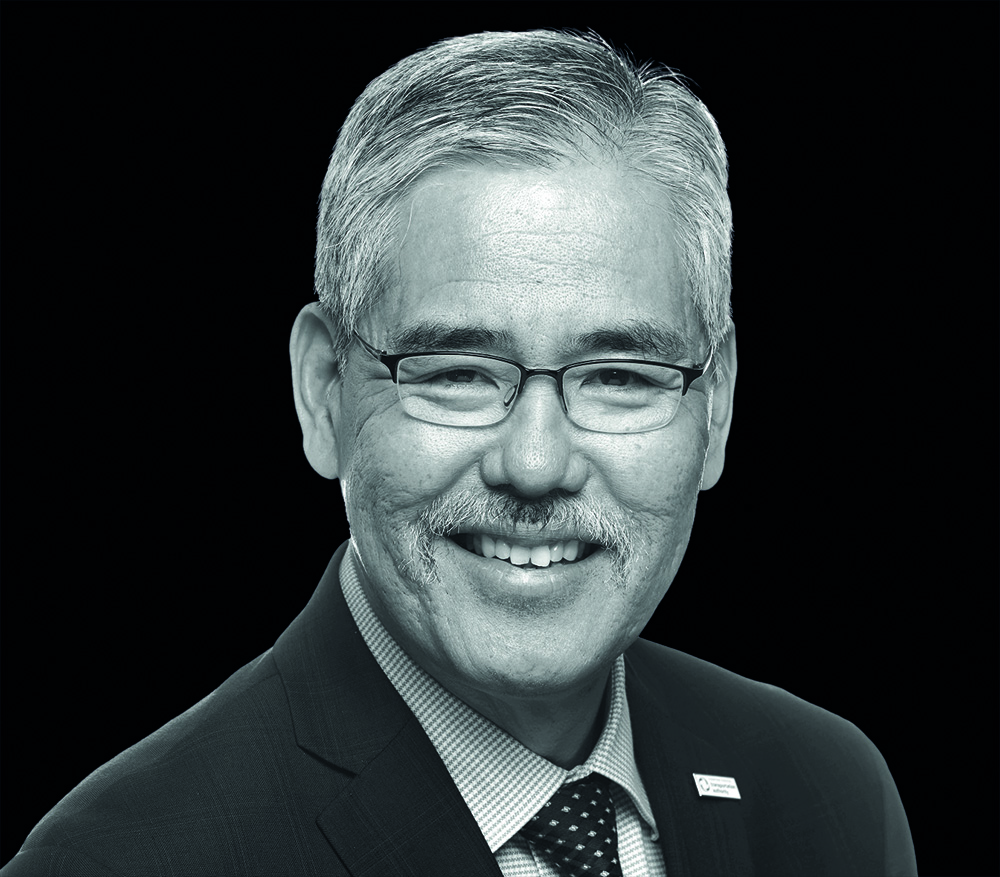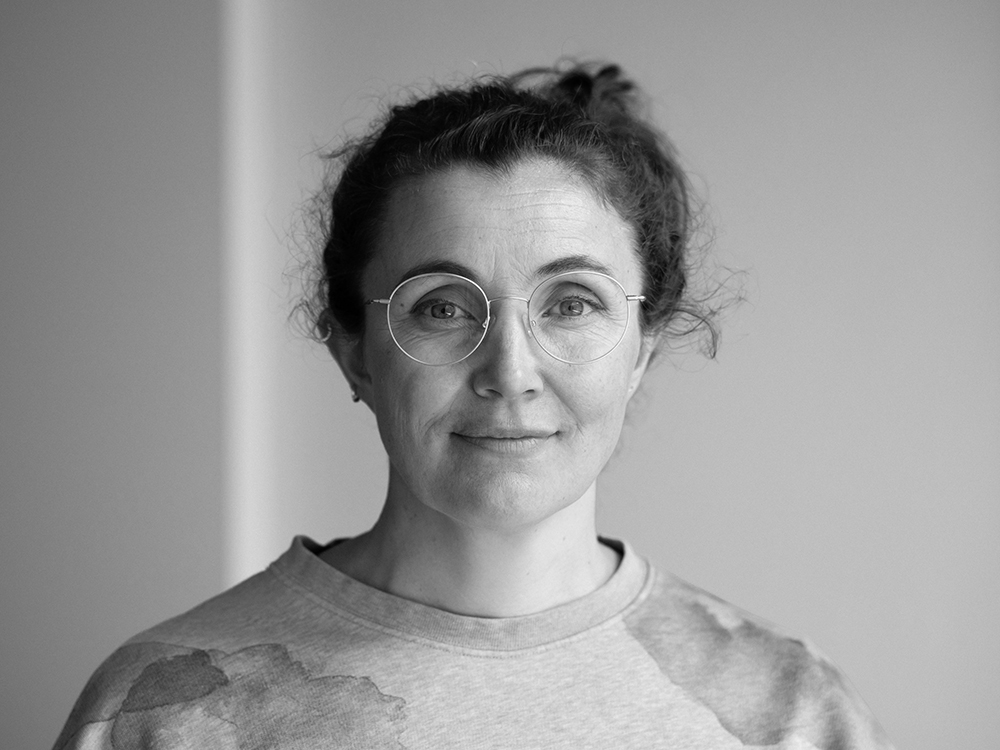
Kari Anne Solfjeld Eid was surprised but delighted to win Movmi’s Empower Women in Shared Mobility (EmpowerWISM) 2023 award. The programme is open to companies which have been in business for fewer than five years, have at least one woman co-founder or executive, and offer a product or service that falls within the shared mobility industry – a perfect fit, in short, for the founder of Oslo-based electric cargo bike subscription service Whee!
The EmpowerWISM judges said they were inspired by Whee!’s vision for a car-free sustainable future. Solfjeld Eid’s first experience of cargo bikes was in 2014 and she talks of “the epiphany of the transformative power of this vehicle.” She adds: “I always say that when you ride a bike in Oslo, it takes you 15 minutes to be radicalised. I mean, you suddenly see the injustice in the way space is divided; you see the space that kids have sacrificed; that everything is made to be forgiving for reckless, indifferent drivers.”
While the Norwegian capital has quite a strong active travel culture, Solfjeld Eid says: “I got really tired of talking about bicycle urbanism. There are a couple of big development projects here in Oslo where they have very high aims for sustainability, but they don’t view the transportation aspect as a part of it. They’re kind of stuck in the old ways of planning: [but] there will be no 15-minute city if you plan for cars, and have active transportation as an afterthought.”
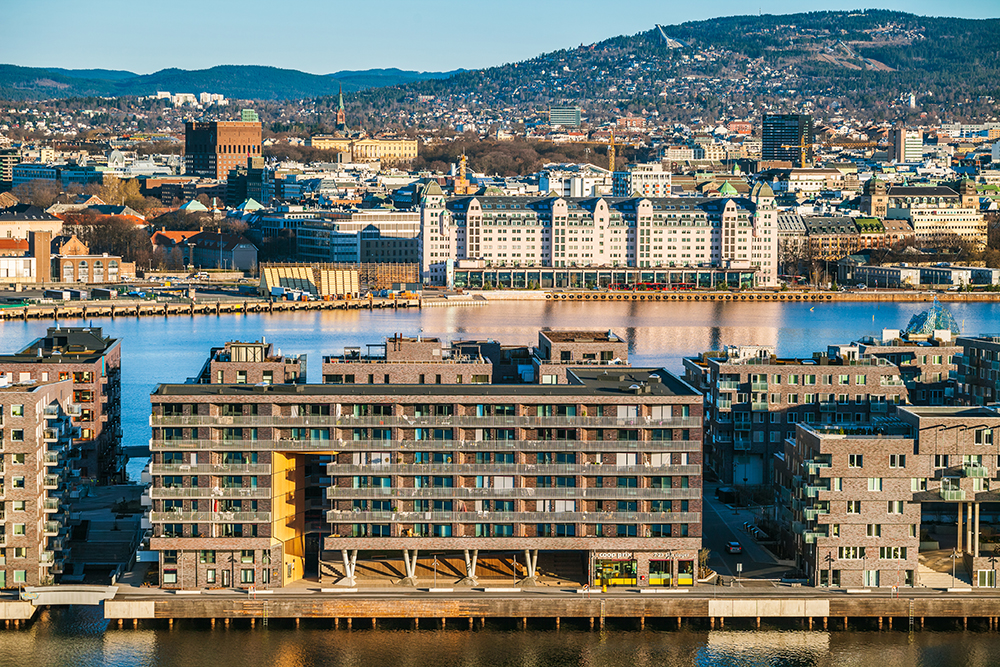
Ripple effect
Moving people from cars to bikes is the best way to achieve sustainability goals, she says, creating a “ripple effect that’s also mindset transformational”. She admits with a laugh that cargo bikes are ‘strange’ looking, “like an ‘ugly duckling’ kind of vibe”. They’re also expensive.
“So I understood that if I want people to fully realise the potential of this, we need to get more people on them - and we need to remove the barriers so more people can use them,” she explains.
She started a pilot with 35 subscription bikes in 2020, and “we’ve been running to meet demand” ever since. The models Whee! offers are not the big, nearly three-metre-long ones you might see on Dutch streets, for instance; they carry a couple of passengers in the back and are more manageable in size: in other words more like “something that resembles the bike that you have ridden as a kid”.
Rather than being intimidated, therefore, users can “feel empowered and safe”. “It will change your life, it will improve your quality of life,” she explains.
But while e-cargo bike subscriptions seem a good fit for high-density Oslo with its progressive, anti-congestion policies, what about urban areas with different geographies and demographics?
“We believe this is the smallest market we will be operating in,” says Solfjeld Eid. “The density of Oslo comes from a couple of historically good choices like building rail and preserving the forests around the city. So we are looking at cities who have a progressive approach, who are repurposing the space in their cities, removing parking spaces, adding congestion fees and just really wanting to free up the space for the inhabitants. And we’re also looking at cities that have quite a high amount of urban families living in the city centres.”
Car culture
Interestingly, this does not necessarily mean urban areas which already have a mature bicycling culture. “So we’re not looking at Amsterdam and Utrecht and Copenhagen because they have something that works,” she explains. “So we’re looking at maybe Barcelona, Paris, Milan, Brussels, Berlin, all these other cities where they’re sort of moving towards that.”
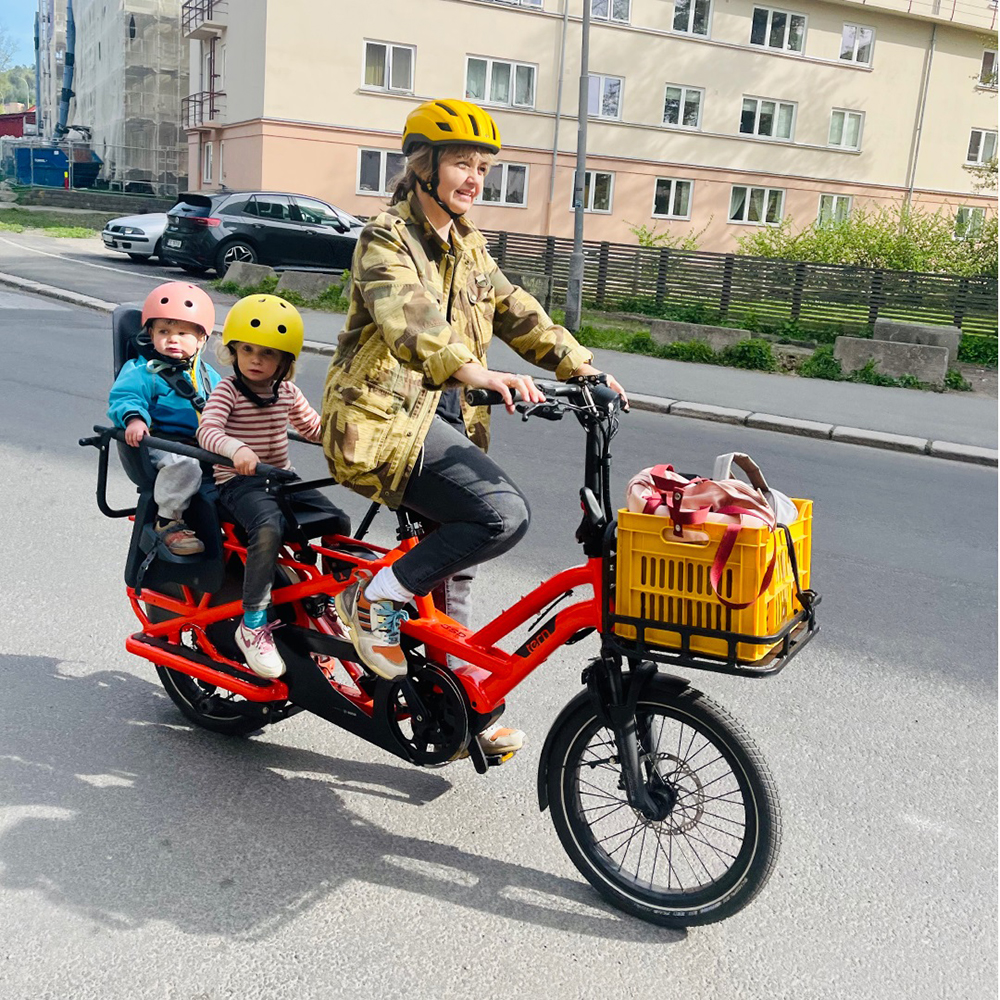
Whee! also sees possibilities outside of Europe. “We have to also be super-selective into which cities we want to go in,” she says. “I am following the development of more pedestrian-friendly cities and there is a shift there.” What about the US or Canada? “Well, car culture is so massively embedded in North America, so I think it’s more challenging. But maybe some cities in the African continent or Asia could be interesting because you have the density of population: that’s a premise for us coming in - we have to go where the car is highly impractical.”
Not, she says, that Whee! is conducting a war on cars. “I don’t think that cars will go away within the next 30 years,” she points out. “But I think that in order for a city to be loveable, the car has to be a guest; we have to change the hierarchy of transportation and plan for the modes that are more efficient and more attractive and more sustainable and so more social. So of course we need to have cars for all kinds of deliveries and for disabled people, for example, but we need to really just plan around the car as a third or fourth priority.”
Before Whee!, Solfjeld Eid’s experience was largely as a designer. “My design skills are in user experience and service design, really trying to understand users’ needs,” she explains. “I saw that there is a gender gap in cycling, there is a gender gap in transportation and mobility. And there are hardly any micromobility or sharing services that really took into account how completely different the travel patterns of a caregiver are compared to the travel patterns of a young, free and single person who needs to only move themselves.”
Caregivers – often women – have to move children and their stuff around to different appointments and activities, and might reasonably feel they can’t do this without a car. “We have the solution,” smiles Solfjeld Eid. “It’s kind of low-key and it’s not very high-tech, but it’s getting more high-tech and it’s electric and it’s just brilliant!”
Company DNA
Whee! has 10 full-time employees and three of the founders are female – hence the close alignment with the principles of the EmpowerWISM programme. “It sounds cheesy to say, but it’s in our company DNA because we also have a goal of equal gender representation,” she explains. “We have built the workshop so female mechanics don’t have to lift the 30kg bikes every day; accessibility is in everything we do.”
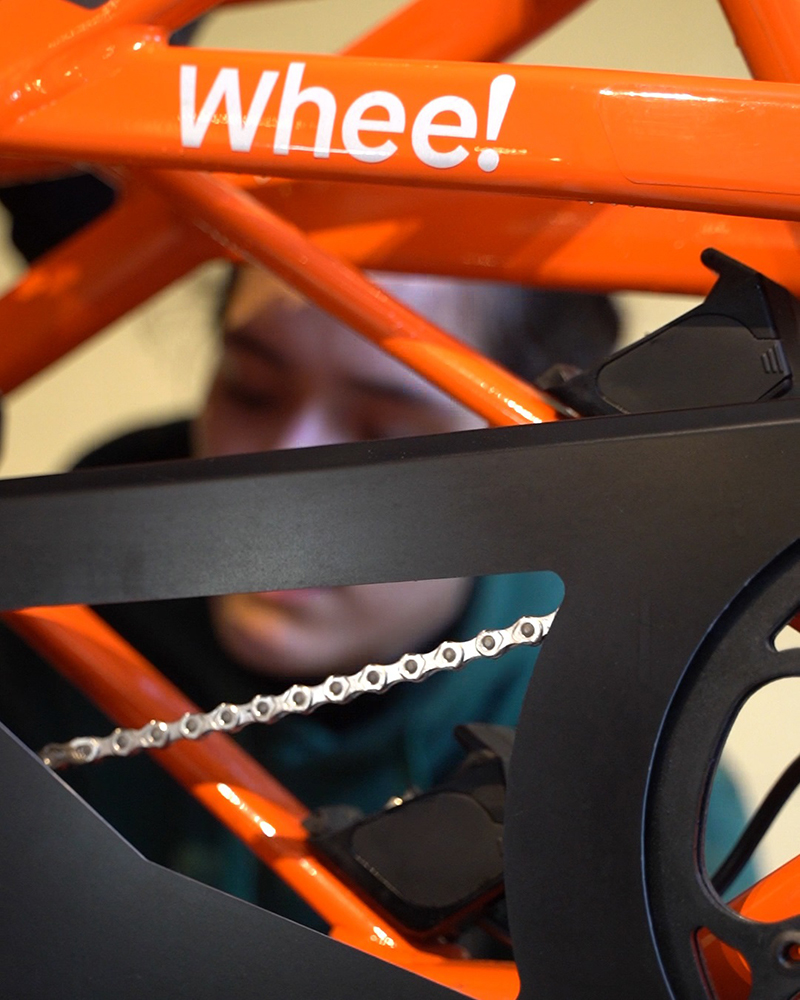 Intriguingly, Solfjeld Eid points to similarities in some aspects of Norwegian and North American car culture. “In Norway, there is a very urban/rural divide in transportation that reflects into policy; it is closer to North America when it comes to our culture than to Europe, actually,” she says. “Oslo is the one city where we have density but there are around 150,000 people commuting into Oslo every day by car. And as soon as you get outside the centre of the city, then you have a stronger car culture, where the car is perceived as identity, culture, lifestyle, freedom – everything it is promising to be but not really delivering on.”
Intriguingly, Solfjeld Eid points to similarities in some aspects of Norwegian and North American car culture. “In Norway, there is a very urban/rural divide in transportation that reflects into policy; it is closer to North America when it comes to our culture than to Europe, actually,” she says. “Oslo is the one city where we have density but there are around 150,000 people commuting into Oslo every day by car. And as soon as you get outside the centre of the city, then you have a stronger car culture, where the car is perceived as identity, culture, lifestyle, freedom – everything it is promising to be but not really delivering on.”
Norway has enthusiastically embraced electric vehicle take-up, with vast numbers of people taking advantage of government subsidies to the point where 20% of cars are electric. In 2021, 64.5% of all new cars sold were fully-electric - the highest percentage of EVs in new car sales across Europe. Norway’s EV association (Norsk elbilforening) thinks it will take just another two years before 30% of the country’s total car fleet is electric. A third of vehicles in Oslo itself are electric. Meanwhile, detractors have suggested that more money might be spent on encouraging active travel and on public transport.
“We’re a world leader in Tesla sales and everything, which is good, but it’s still a car and what we see is that when people get electric cars, they drive even more” points out Solfjeld Eid. “I really do like a lot of things about electric cars. But I think they make people feel that they contributed to being environmentally friendly. And then they drive more. So the two things that Norwegians do are driving the electric car and sorting the recycling. But we still consume like crazy and fly all over the place!”
User experience
For Whee! the next 12 months will see it developing its concept and business further. “Our goal for this year is to get one step further on the development of our own bike concept that’s more circular and built for maintenance and repair - but also more user friendly and more difficult to steal,” she says.
 User experience is again a huge part of what Whee! is trying to do, while adding in what Solfjeld Eid calls a “service design mindset”, designing a great bike for end users, but which is easy to be maintained and which has longevity. “Our goal is to break even here in Oslo just to prove that we can get to be a highly profitable business,” she continues. “And the last goal is to plant the flag abroad. So we’re doing analysis of the next market that we’re going into and really looking for partners in the cities I mentioned, to see whether it’s better for us to do a pilot or a first approach.”
User experience is again a huge part of what Whee! is trying to do, while adding in what Solfjeld Eid calls a “service design mindset”, designing a great bike for end users, but which is easy to be maintained and which has longevity. “Our goal is to break even here in Oslo just to prove that we can get to be a highly profitable business,” she continues. “And the last goal is to plant the flag abroad. So we’re doing analysis of the next market that we’re going into and really looking for partners in the cities I mentioned, to see whether it’s better for us to do a pilot or a first approach.”
In some ways, Solfjeld Eid’s experiences as a designer and keen student of user experience have led her to this point. “I’m not a visual designer, but I’m a user-insight concept developer who really cares about egalitarian mobility,” she concludes. “I happened to come across the cargo bike as a potential solution – and my goal is to leverage that into everyone understanding what a great solution it is for life in cities.”



